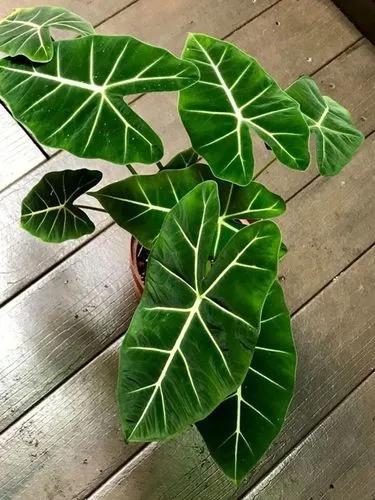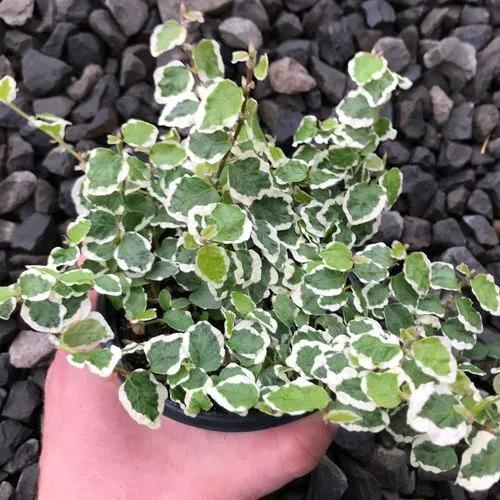Philodendron 'Prince of Orange' is a hybrid variety of common house plants called Philodendrons. This low growing, shrub-like tropical plant has light-green foliage with the new leaves opening up in a bright orange color.
Philodendron 'Prince of Orange' Care
Philodendron erubescens 'Prince of Orange'
Other names: Prince Of Orange Plant, Orange Prince



Philodendron "Prince of Orange" (Philodendron x "Prince of Orange") is a philodendron hybrid that grows up to 2 feet tall. Unlike most philodendrons that put out long trailing vines this philodendron self heads and grows more vertically than other members of the family. It is self-heading with the large leaves growing from a center base. As the leaves grow and mature they will change through a variety of beautiful orange and copper tones. The older leaves fall off, making way for new growth. "Prince of Orange" leaves start out a bright coppery orange color, changing to light green as they age. Philodendron "Prince of Orange" can be toxic if ingested. Keep the plant out of reach of pets or children who may eat the leaves.
How to Care for the Plant

Water

Allow the soil to dry slightly before watering again.

Pruning

It is important because damaged leaves and stems can actually be an energy drain on your plant. By removing those dead parts, you're taking some of that work off your plant’s plate and allowing it to divert its energy into healthy leaves and new growth!

Fertilizer

Simply apply the fertilizer around the base of the plant, extending to the drip line. For vegetables, place the fertilizer in a strip parallel to the planting row. Water-soluble fertilizers are faster acting but must be applied more frequently. This method gives plants food while you water.

Sunlight

12-14 hours of indirect sunlight.

Soil

Loose, light, humus soil is ideal for this plant.

Temperature

The ideal temperature for this plant is 60-75ºF/16-24ºC. Temperatures above and beyond this could cause the plants growth to slow down.

Container

When choosing a pot, choose a pot that is 2.5-5 cm (1-2”) larger than the current size. Ceramic pots are porous which means your plants are less likely to experience root rot from overwatering. It also means you'll have to water more often. Plastic pots are lighter, less likely to break, and easier to clean.

Popularity

1,187 people already have this plant 321 people have added this plant to their wishlists
Discover more plants with the list below
Popular articles






